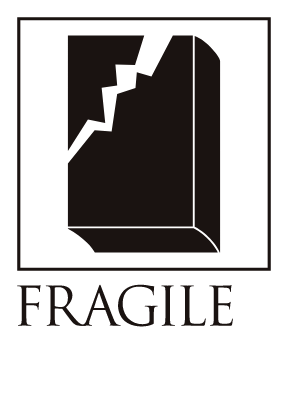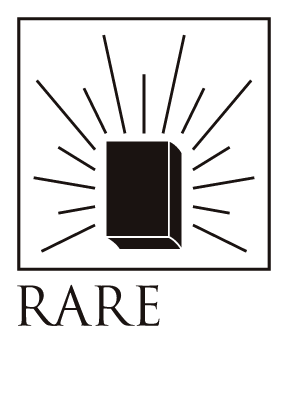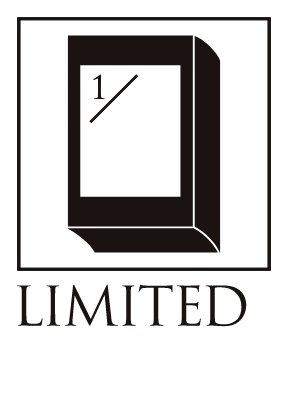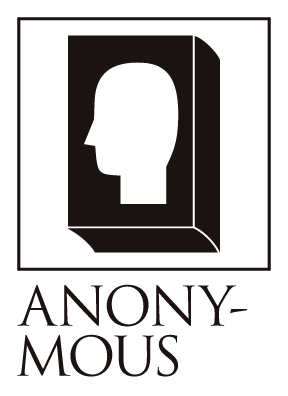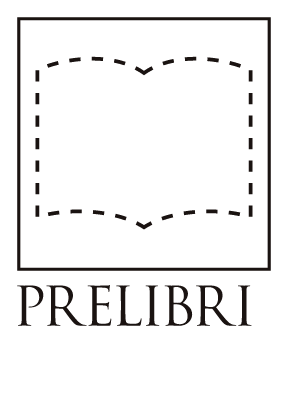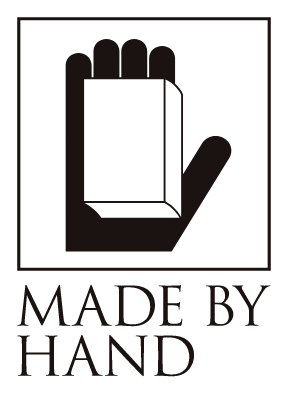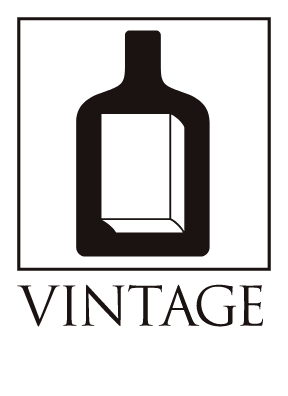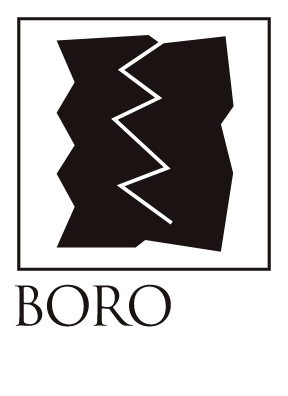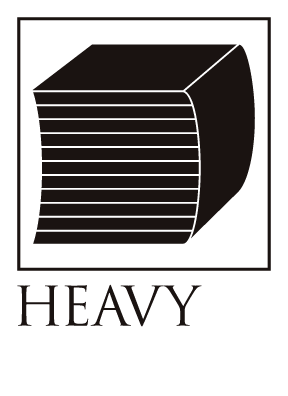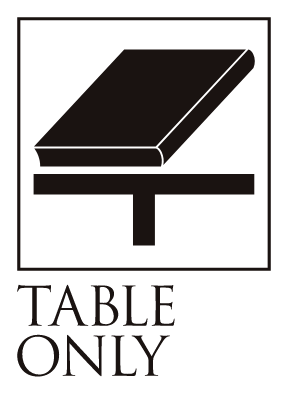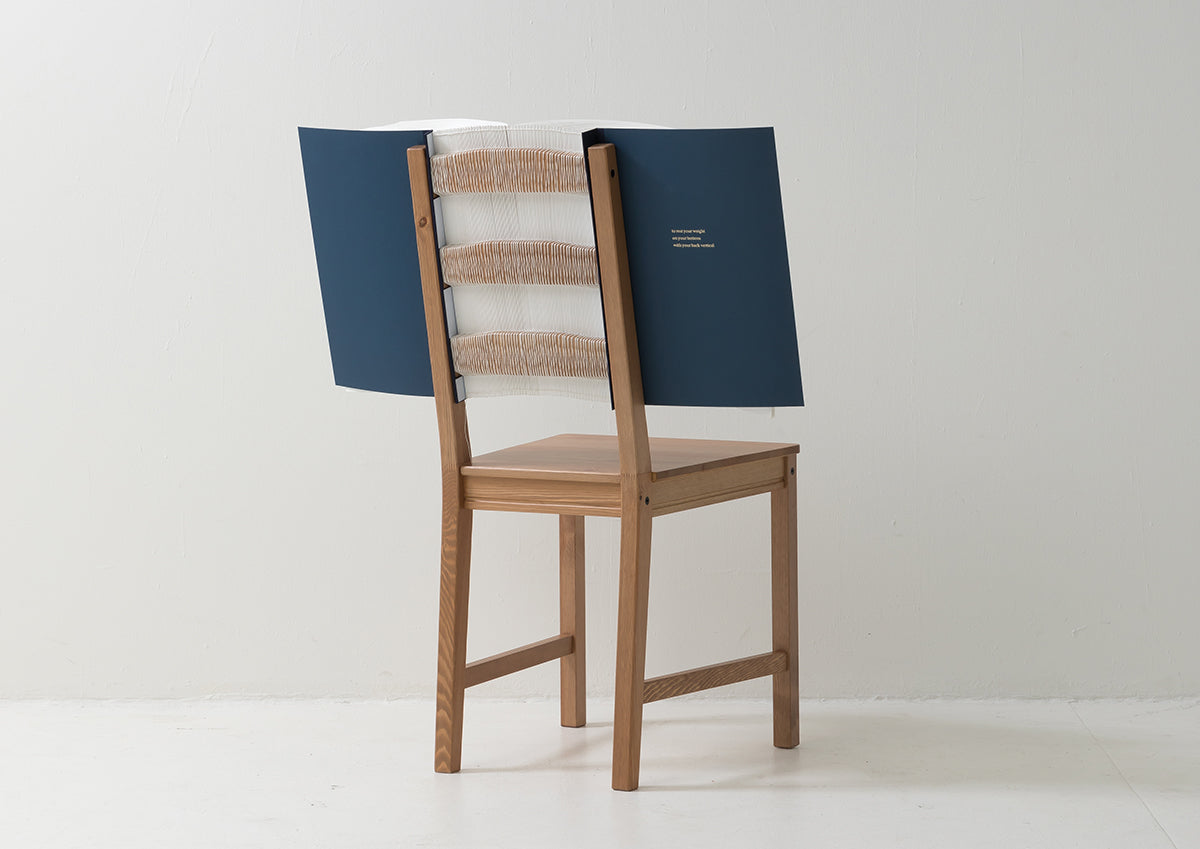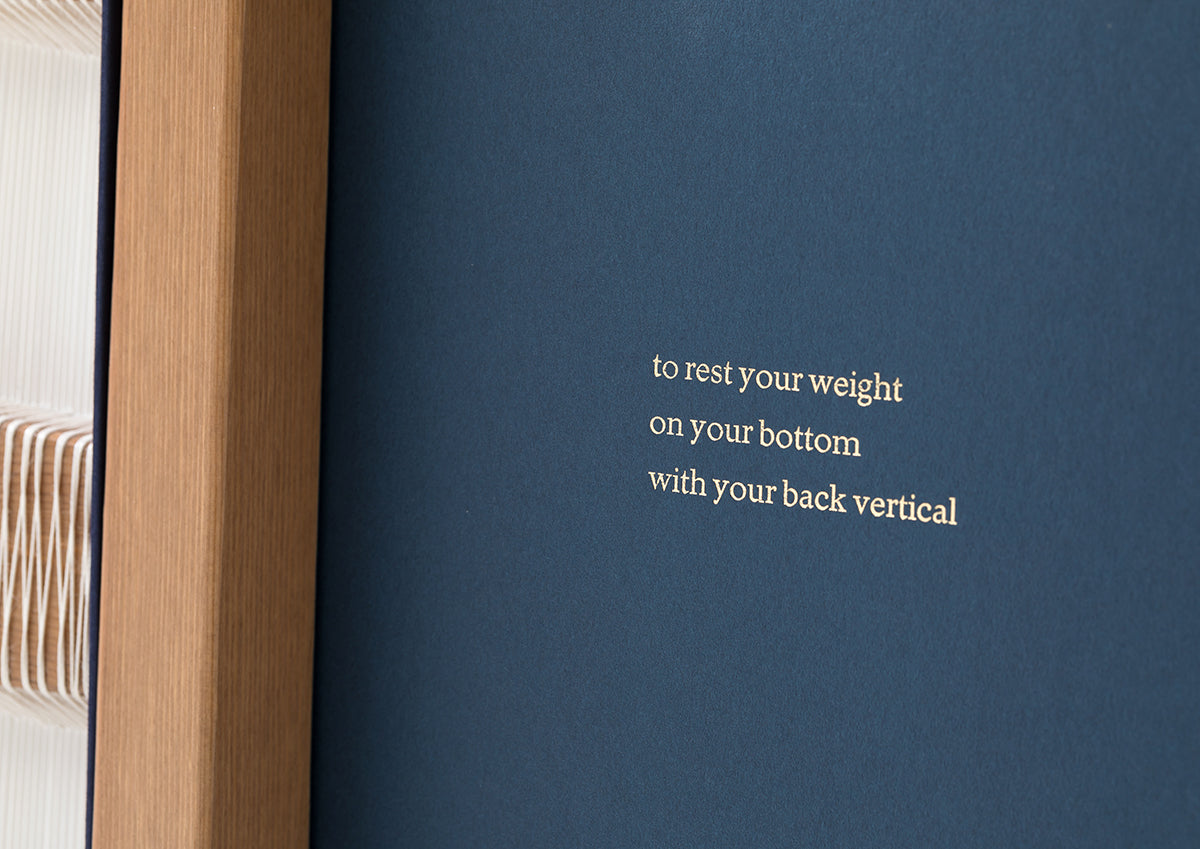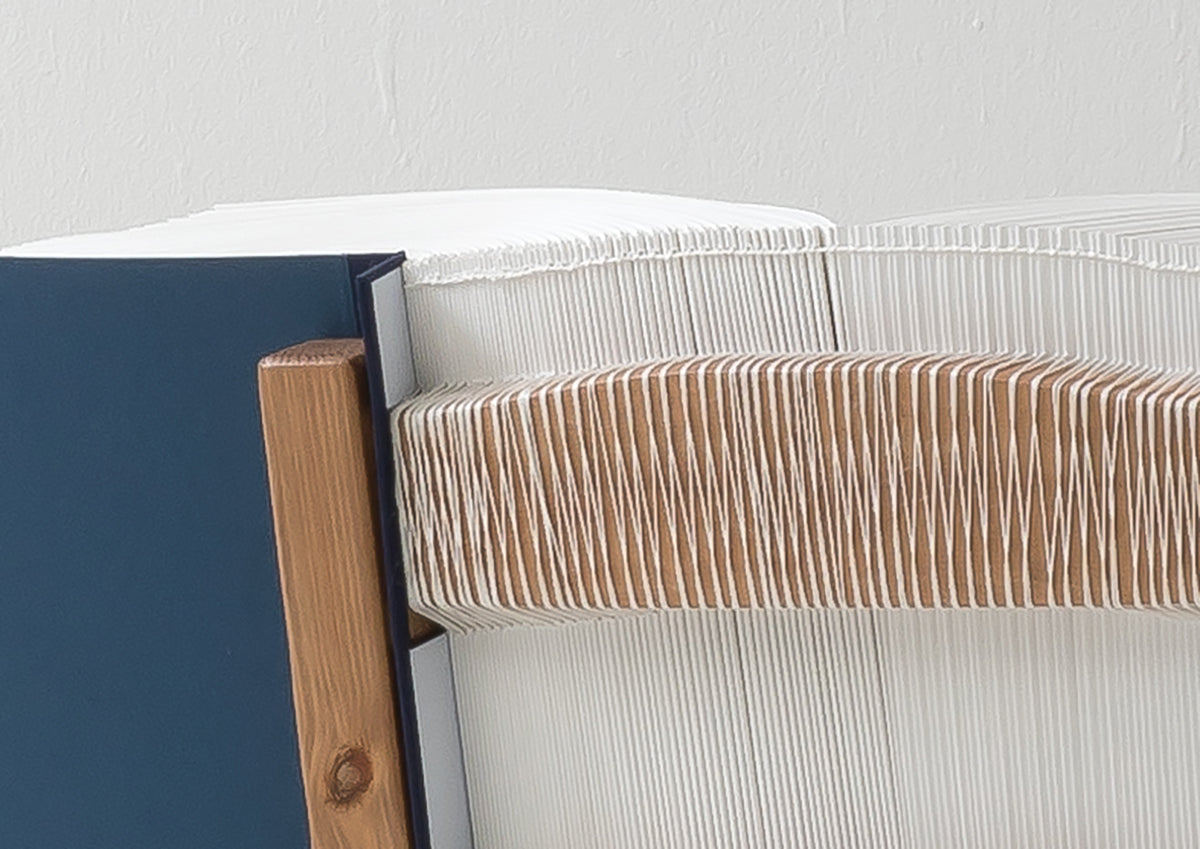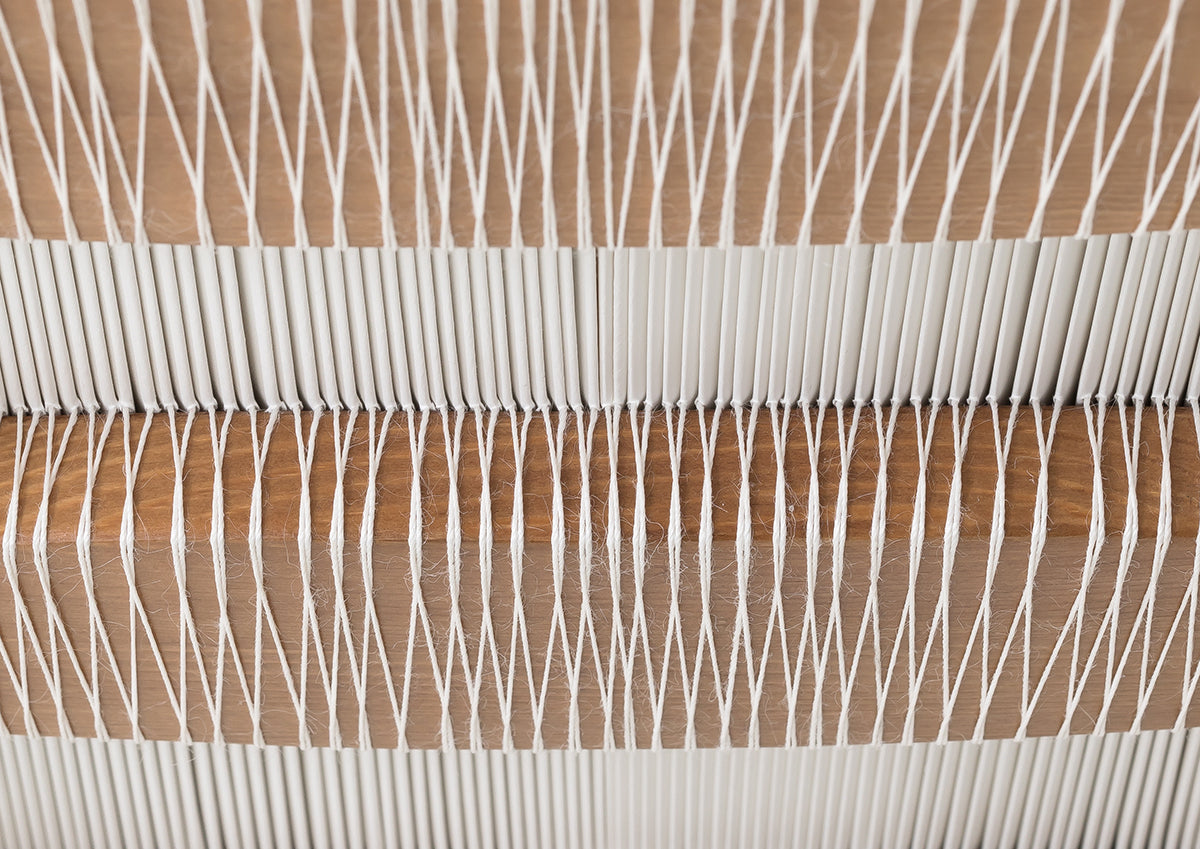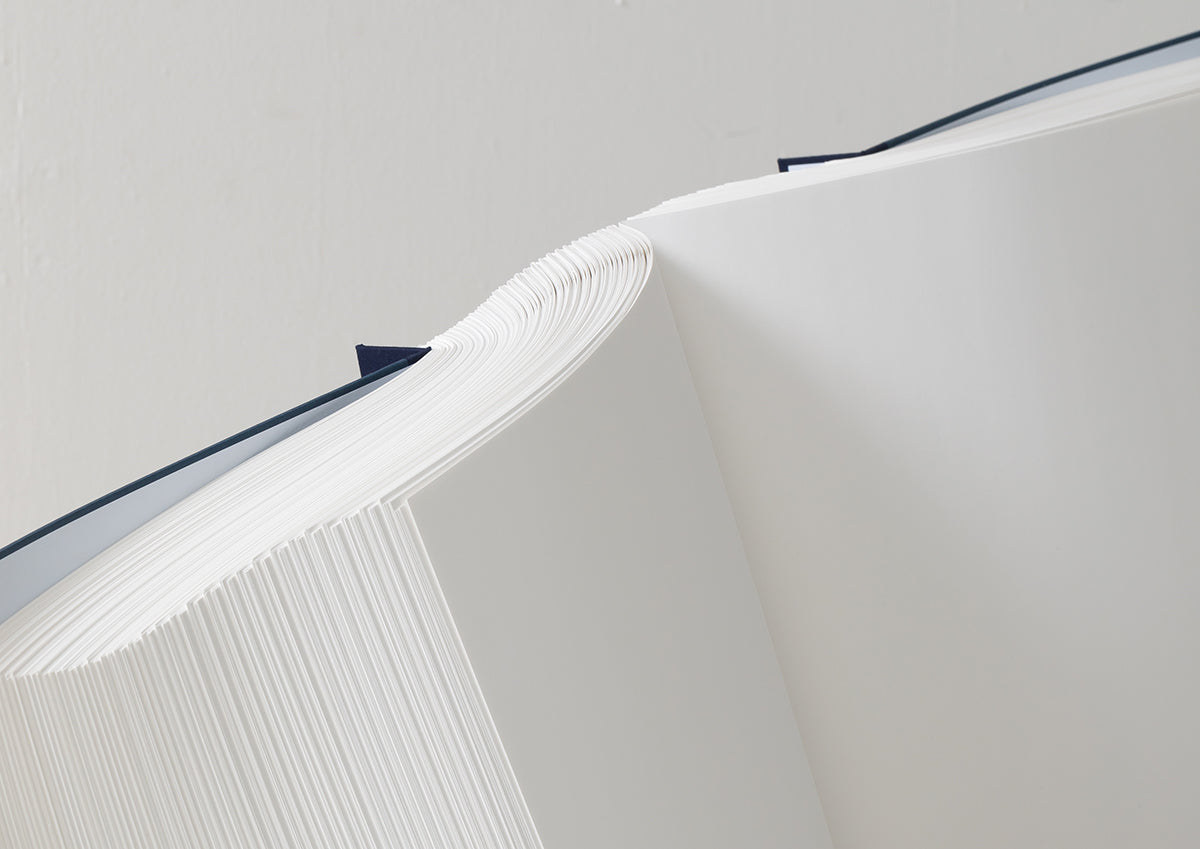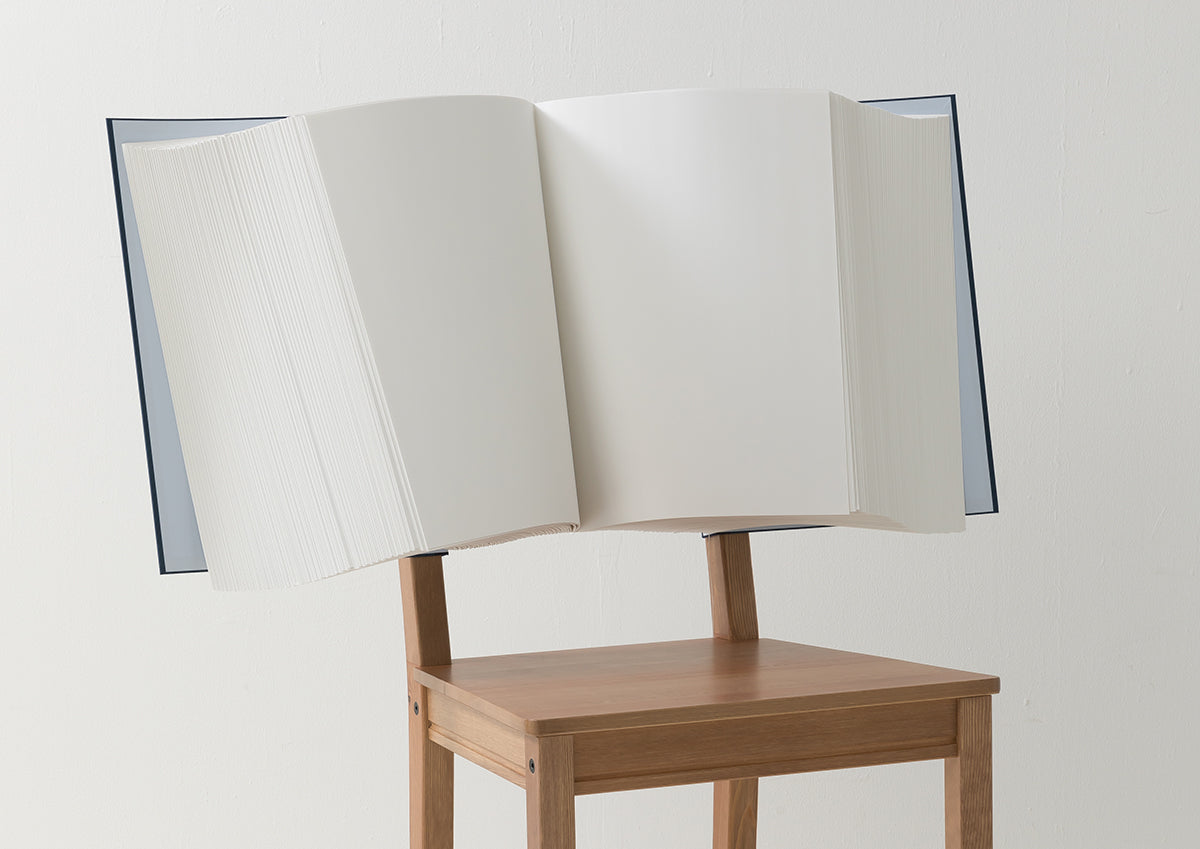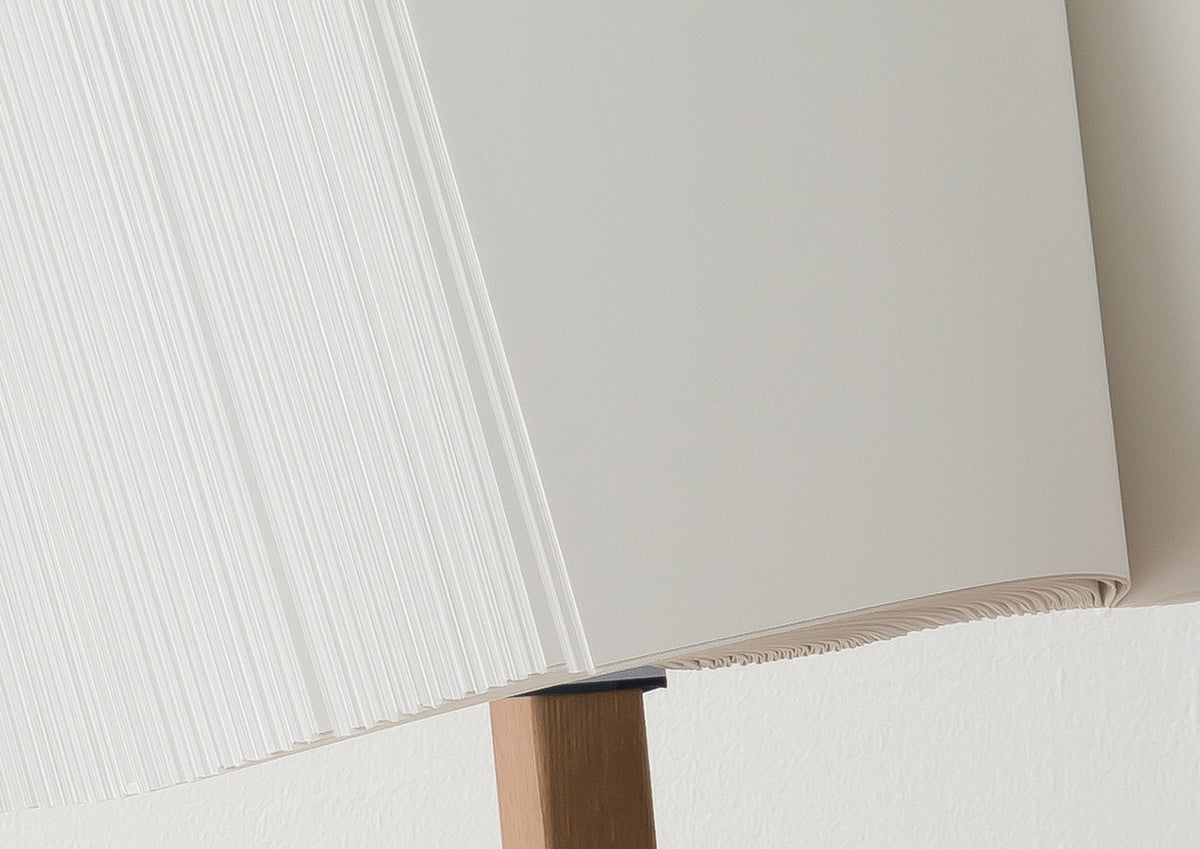Chair
Bibliographic Details
- Title
- Chair 1(Book Para-Site 4)
- Artist
- Yasutomo Ota / 太田泰友
- Year
- 2020
- Size
- h900 × w410 × d470mm
- Materials
- 木、紙、麻糸
- Edition
- unique
- Condition
- new
A book to lean on.
«Chair»
2020
If you were to sit in this chair, the rounded layers of paper would gently envelop your back. It is as if the book has forgotten that it is a book and has chosen to exist as a part of the chair of its own accord.
The extremely beautiful curves created by gravity give a rich expression to this otherwise ordinary chair. The angle of the chair back, which was originally calculated for the comfort of the person sitting in it, also seems to be just the right angle for the spine of the book. It is precisely because of this angle that the book is able to maintain its beautifully open position.
There are no pictures or words printed on the book, and the 127-book, 2,023-page book is bound with blank paper as is. The calm dark blue cover has a three-line verse, "to rest your weight on your bottom with your back wertical," stamped in gold leaf. Placing poetic words instead of the book title in the place where the book title should be may be seen as a bold attitude by someone who pursues book art, as he chooses not to give the book a title, which is the most important and essential part of the book. The texts stamped on the works are always poetic expressions with implications that evoke different associations in each viewer, rather than dictionary-like sentences that provide definitions.
It is clear that the "spine" is at the core of this work, both structurally and conceptually. In terms of structure, the back of an existing wooden dining chair is used as the spine of the book, and the delicate and intricate spine woven with the binding thread is a masterpiece. It is carefully bound using an original method based on the French link. The French link is a binding method in which a flat, rather than round, string is used as the support, and the binding thread that passes over it is entangled to sew the signatures. In "Chair 1", the top rail and spine that run horizontally across the back of the chair are flat and stable, so the French link method is utilized. In a normal book, the spine is hidden by the cover and the structure cannot be seen, but the appearance of a book bound in this way with the core material protruding is beautiful.
The origins of the "Book Para-Site" series come from a passage written by William Morris, who had the greatest influence on the author during his university days: "If I were asked what is the most important and most desirable product of 'art,' I would answer 'beautiful houses.' If I were asked what is the next most important and most desirable product, I would answer 'beautiful books.'" (From "The Ideal Book," Chikuma Gakugei Bunko).
A message from the author about the concept of the Book Para-Site series:
Books and architecture are similar. Books also have things called "doors" and "pillars," and they are also similar in that they are designed with the flow of traffic in mind. A book is smaller than a human being and can be held in the hand, while architecture is larger than a human being and can be entered with the body. Although the size is different, both are the universe.
"If asked what the most important art is, I would answer 'beautiful houses,' and next most importantly 'beautiful books.'" The words of William Morris, who had a great influence on me when I started making book art, also reveal the relationship between books and architecture. "Books" that exist as if they are parasitic on the shape of a building create a new "relationship between books and architecture."
Since 2019, some of the book art I create has become too big to hold in my hands.
The work "Book Para-Site," which was exhibited at the Tokyo Tatemono Yaesu Building in Yaesu, Tokyo from November 2019 as a selected work for the Brillia ART AWARD 2019, was the first time I, having always been conscious of Morris's words, attempted to look at the boundary between "book" and "architecture" on a large scale.
In the exhibition "Brillia Culture Spice" held at the Ueno Royal Museum Gallery in January 2020, I exhibited "Book Para-Site 2 - betwixt boards" as a work following "Book Para-Site" in Yaesu. In the process of creating a work of this size, I made new discoveries that I had never imagined.
The feeling of constructing the "Book Para-Site," which is obviously larger than a human being, is what many people would imagine, and what I also imagined: the feeling of "building." (※ Although the feeling was as I imagined, it was more difficult than I had imagined.)
That is what I felt when I was making "Book Para-Site 2 - betwixt boards" and attaching the leather cover. I felt like I was putting a jacket on someone. I spread both my arms as far as I could, grabbed a piece of leather in each hand, and wrapped my arms around the book.
This feeling was fresh to me, and the division between "books" and "architecture," which I had been exploring as I changed the sense of scale, felt like a more detailed division would bring in "people" in between. This led to the new Book Para-Site series, which I presented at the "POLA Museum Annex Exhibition 2020."
I would also like to take this opportunity to add that in 2016, I drew in my sketchbook the concept for a piece called "Book Parasite," in which books are parasitized on furniture. "Book Parasite" started out as a piece of furniture on a scale, but three years later it was turned into architecture, four years later into an exhibition stand, and finally it was realized as furniture again for this exhibition. I find it fascinating, even though it is about me.
Source: March 12, 2020 In honour of the "POLA Museum Annex Exhibition 2020" -- Yasutomo Ota's Book Arts Journey (2)From [OTABOOKARTS BLOG]
